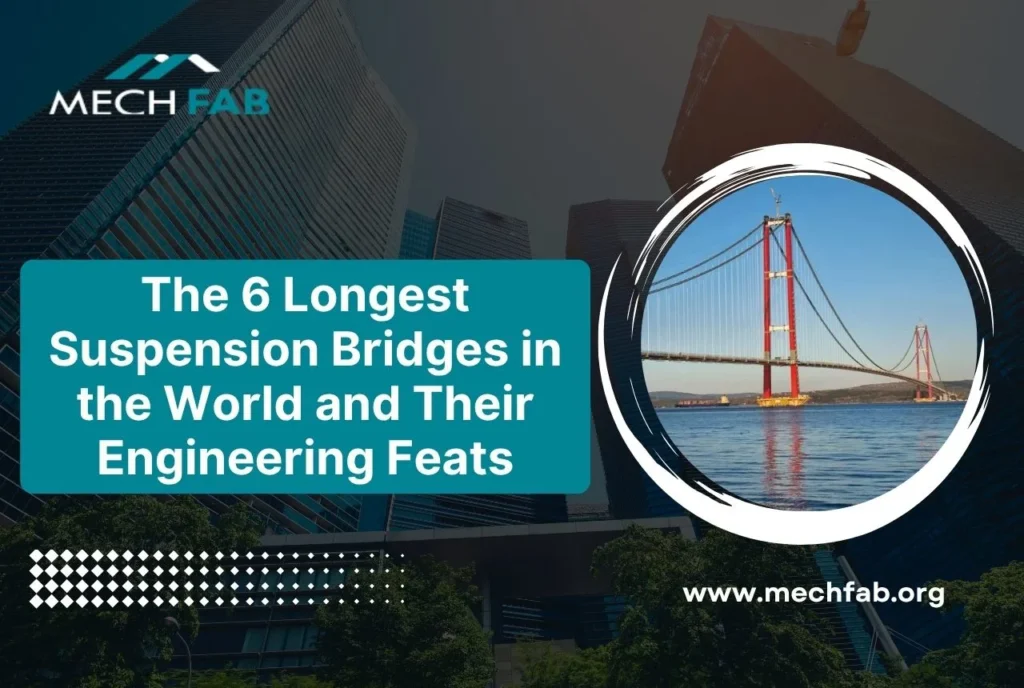The longest suspension bridges in the world stand as some of the most awe-inspiring achievements in civil engineering, combining elegance with raw structural power. Defined by their hanging main cables and towering pylons, these bridges demonstrate the remarkable ways humans have conquered natural obstacles.
At the heart of comparing suspension bridges is the length of their main span—the unsupported distance between the towers—making it the universally accepted metric for ranking these architectural giants. As of May 2025, the race for the “longest suspension bridges in the world” continues to drive engineers to push material science, aerodynamic design, and construction techniques to new heights.
From connecting continents to uniting island communities, these marvels exemplify our capacity for innovation, resilience against harsh environments, and the celebration of human ingenuity.
Understanding the World’s Longest Suspension Bridges
What sets a suspension bridge apart is its use of massive cables draped between towers, supporting the deck through vertical suspender cables. Unlike beam or arch bridges—which rely primarily on compressive strength—suspension bridges harness tensile forces, allowing them to span distances that other designs simply cannot.
The main span, measured from the center of one tower to the center of the other, serves as the gold standard for comparison because it reflects the true engineering challenge: supporting an uninterrupted stretch over water or rugged terrain. Over time, advances in high-strength steel cable production, aerodynamic profiling, and construction methods—such as cable spinning and segmental deck erection—have enabled ever-longer spans.
Today’s record-holders are testament to decades of incremental breakthroughs in material science, structural analysis, and seismic and wind-resistant design. From early pioneers like the Brooklyn Bridge to today’s mega-spans, the story of suspension bridges is one of relentless innovation and ambition.
The 6 Longest Suspension Bridges in the World
1. 1915 Çanakkale Bridge, Turkey
With a main span of 2,023 meters (6,637 feet), the 1915 Çanakkale Bridge claimed the title of longest suspension bridge when it opened in March 2022. It links the European and Asian shores across the Dardanelles Strait, symbolizing Turkey’s continental unity. Its twin towers soar 318 meters above sea level, and 288 steel cables—each meticulously tensioned—support the sweeping deck. Including approach viaducts, the total structure stretches 4.6 km.
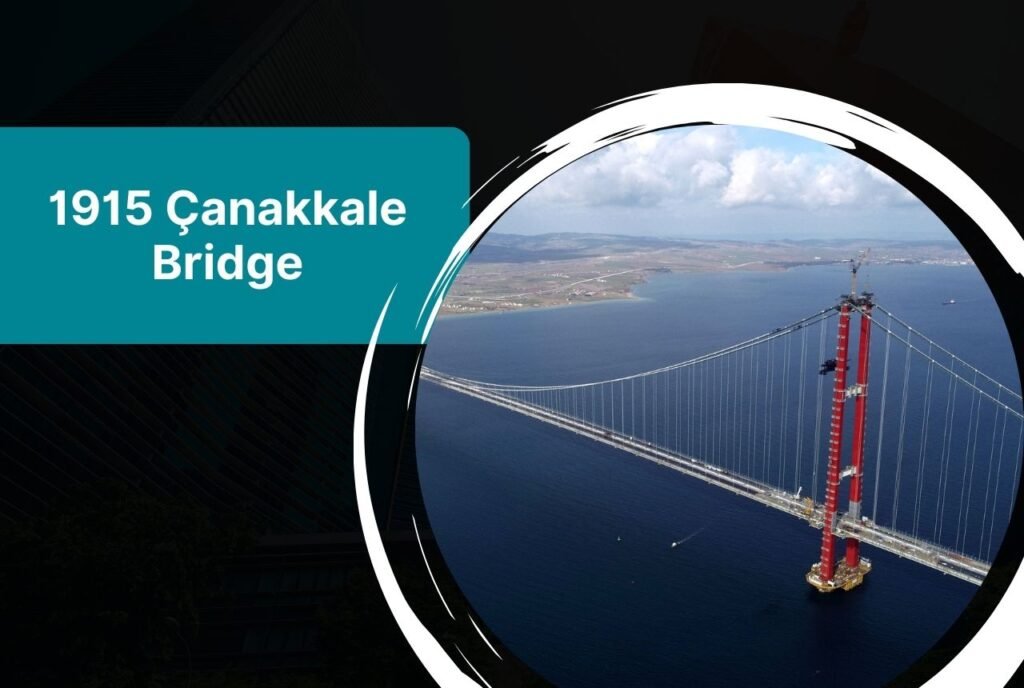
Engineered to withstand seismic forces and potential ship collisions, the bridge integrates advanced dampers and reinforced tower foundations. Named to commemorate the centenary of the Republic’s founding, it carries both strategic and cultural significance, serving as a modern landmark on land filled with millennia of history.
2. Akashi Kaikyō Bridge, Japan
Often called the “Pearl Bridge,” the Akashi Kaikyō Bridge boasts a main span of 1,991 meters (6,532 feet), a record it held from its opening in 1998 until 2022. Spanning the busy Akashi Strait, it links Kobe with Iwaya across a key maritime route. The bridge’s designers used over 187,000 miles of steel cable—enough to circle the Earth 7.5 times—to ensure redundancy and strength.
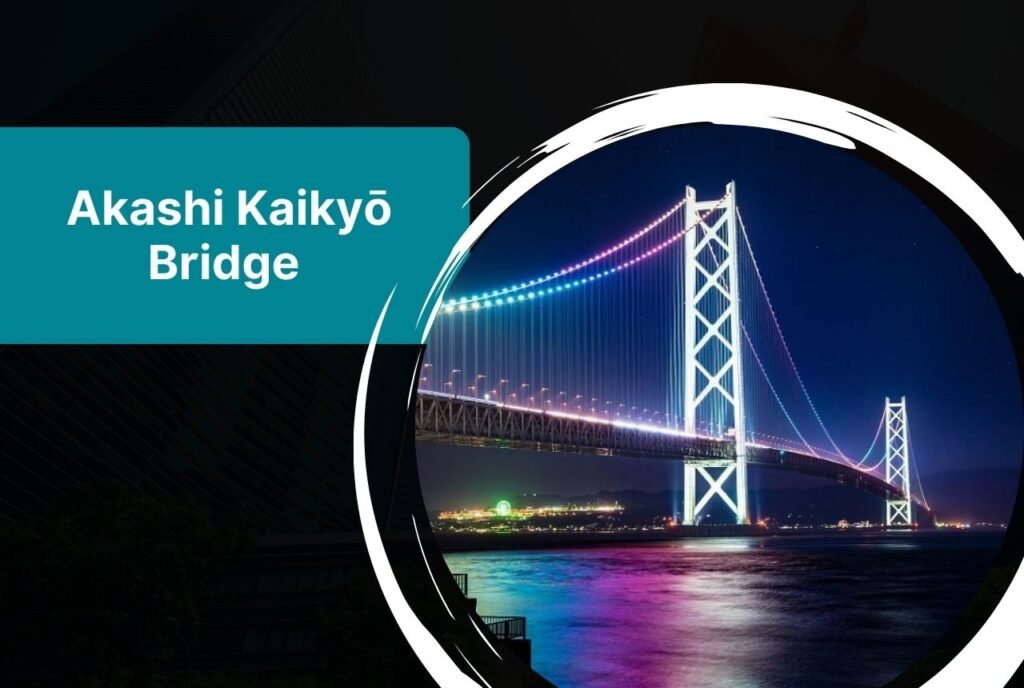
Standing 928 feet above water, the structure endures frequent typhoons and is engineered with seismic isolators and flexible deck joints to survive major earthquakes. Its sleek design and longevity continue to inspire bridge projects worldwide.
3. Yangsigang Yangtze River Bridge, China
Opened in October 2019, the Yangsigang Yangtze River Bridge features a 1,700-meter (5,577-foot) main span and holds the distinction of being the world’s longest double-deck suspension bridge. Its total length reaches 4.13 km, supported by 49 massive steel girders—each 36 m long, 32.5 m wide, and 10 m high.
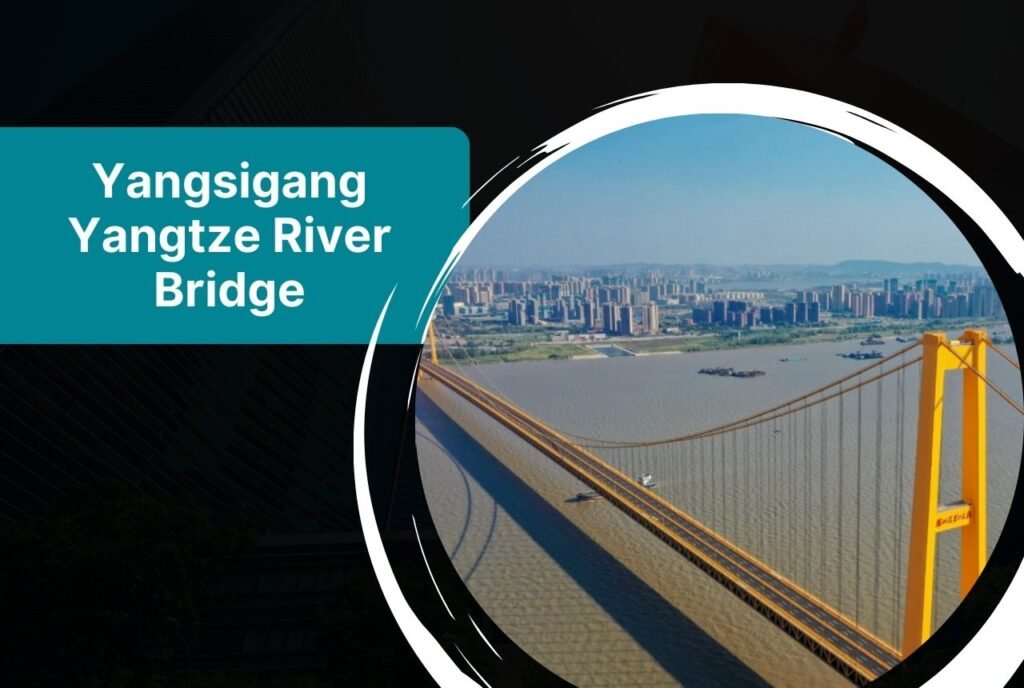
The two-tier design carries six lanes on each deck: the upper deck allows speeds up to 80 kph, the lower up to 60 kph. Beyond relieving traffic in Wuhan, this engineering wonder showcases China’s commitment to large-scale infrastructure and balanced regional development.
4. Nansha Bridge (East Span), China
The Nansha East Span, part of the larger 12.9 km Pearl River Delta crossing, opened in 2019 with a main span of 1,688 meters (5,538 feet). It features the world’s widest steel box girder—40.5 m across—and carries eight lanes at design speeds of 100 kph.

Built for a projected lifespan of 100 years, its advanced corrosion protection and high-performance concrete resist the delta’s humid, saline environment. On its inaugural day, the bridge carried over 50,000 vehicles, transforming regional logistics and exemplifying large-scale, long-lasting design.
5. Xihoumen Bridge, China
Completed in 2007, the Xihoumen Bridge spans 1,650 meters (5,413 feet) between Jintang and Cezi islands in the Zhoushan archipelago. As a key component of one of the world’s largest bridge projects, it dramatically improved access to the islands, fostering tourism and industry.
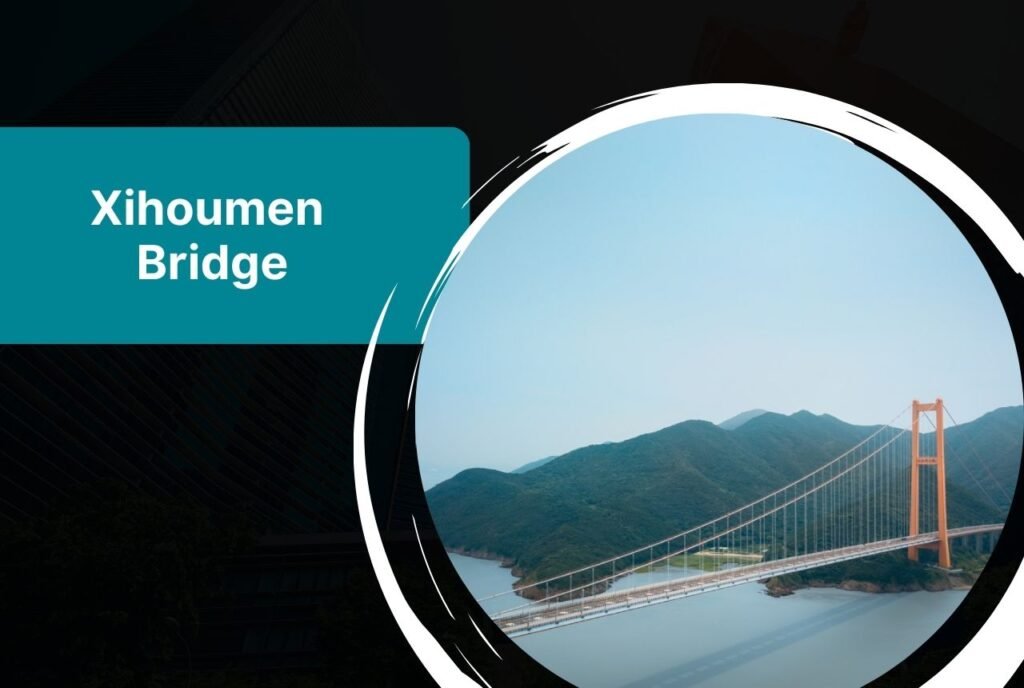
Its slender towers and streamlined deck reflect careful wind-tunnel testing, while corrosion-resistant cable coatings ensure durability in the marine environment. By linking previously isolated communities, the Xihoumen Bridge demonstrates how engineering can drive economic growth and regional integration.
6. Great Belt Bridge, Denmark
The Great Belt Bridge, inaugurated in 1998, features a 1,624 meter (5,328 foot) main span connecting the Danish islands of Zealand and Funen. As one of Europe’s longest suspension bridges, it negotiated challenging deep-water foundations and strong Baltic winds.
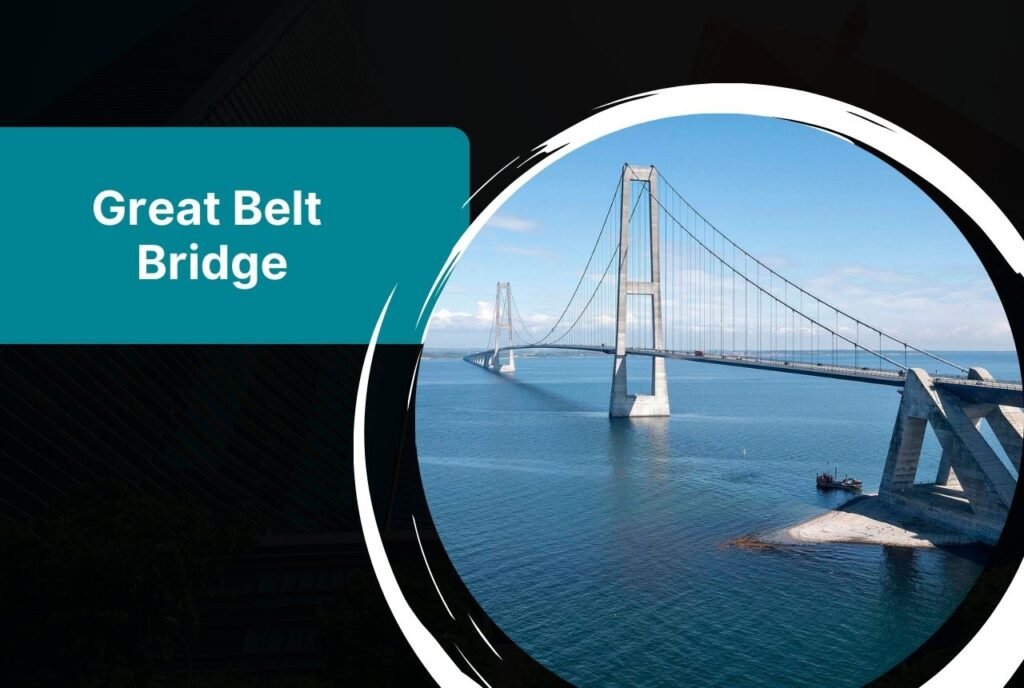
Its deck carries both road and rail, enhancing Scandinavia’s transport network and reducing ferry reliance. The bridge’s clean lines and functional design underscore Denmark’s engineering finesse, while its economic impact resonates across the region by facilitating trade and travel.
The Engineering Marvel Behind Suspension Bridges
Suspension bridges rely on a delicate balance of tension and compression: massive main cables—composed of thousands of high-strength steel wires—carry tensile forces, while towers and anchors transmit compression into the ground. The deck is hung from these cables via vertical suspender rods, creating a flexible yet robust structure.
Key materials include corrosion-resistant steel for cables and girders, high-performance concrete for towers, and advanced composites for deck panels. Construction challenges range from erecting towers in deep water to spinning cables under variable wind conditions and ensuring seismic resilience.
In Guwahati, MECHFAB stands out among steel bridge component manufacturers, leveraging precision fabrication and stringent quality control to supply girders, anchorages, and connector assemblies that meet global standards. Today’s computational modeling and drone-assisted inspections continue to push the envelope, enabling longer spans and safer builds.
The Future of Suspension Bridge Engineering
Looking ahead, engineers are planning spans that may exceed 2.5 km, fueled by innovations in carbon-fiber cables, self-healing concretes, and robotic construction. Projects slated for the next decade include crossings in Asia and the Americas that will test new materials and modular assembly techniques. Environmental considerations—such as minimizing marine ecosystem disruption and reducing carbon footprints—are increasingly integral to design.
Climate change, with its rising sea levels and intensifying storms, will demand resilient, adaptable structures. As these next-generation suspension bridges take shape, they will continue the tradition of defying gravity while safeguarding the planet.
Conclusion: Celebrating the Giants of Suspension Bridge Engineering
From Turkey’s record-breaking 1915 Çanakkale Bridge to Denmark’s pioneering Great Belt crossing, the six longest suspension bridges in the world embody human ingenuity writ large. Each structure showcases unique engineering solutions to the challenges of span length, environmental forces, and regional needs.
As we marvel at their sweeping cables and towering pylons, we’re reminded that bridges do more than connect shores—they unite cultures, economies, and aspirations.
With ongoing advances in materials, design, and construction, the quest for ever-longer spans will carry the spirit of innovation into the next century—continuing to rank the “longest suspension bridges in the world” as crowning achievements of our age.

